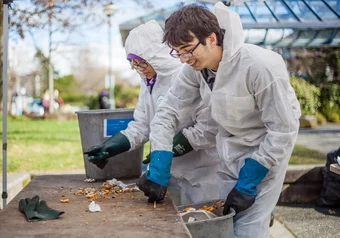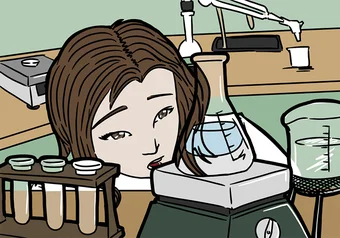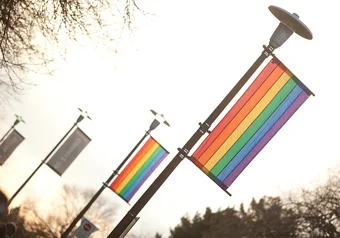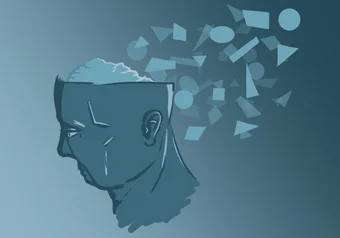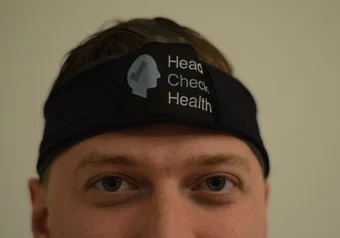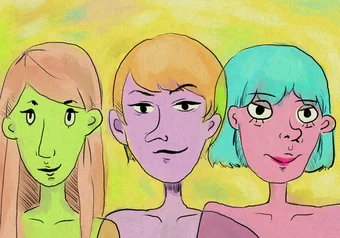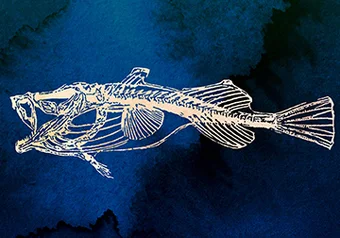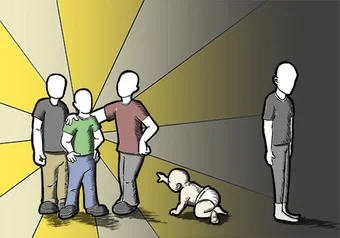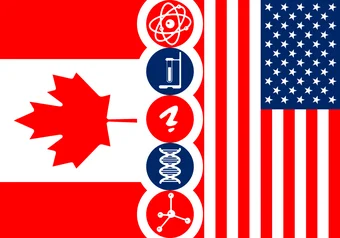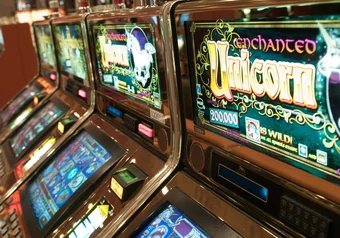Have you taken a walk around the Nest at lunch lately? Or seen the mountain of containers that pile up at the waste sorting stations? The AMS sells 1.5 million disposable containers annually and UBC uses 370,000 compostable containers annually.
Search the Archive
Now that you’ve tried our fact vs. myth quiz, did you do as well as you thought? Still confused about a few of the questions? The Great Wall is not visible from space, vaccines don't cause autism and bats can see.
Have your parents every convinced you to have that heavy winter coat because “the cold will make you sick?” Have they also told you that drinking alcohol kills your brains cells? We’ve all heard these claim — or similar ones — before. They are myths.
Gay, lesbian and bisexual Canadians experience higher rates of anxiety and mood disorders than other Canadians. A recently published study from UBC has given researchers a real sense of the prevalence rates in Canada.
The conversation around abortion is filled with misconceptions and these myths make meaningful discussion on an already contentious issue all the more difficult. What does science have to say about abortions?
According to UBC psychology professor Kalina Christoff, people aren’t likely to be swayed by logic — however scientifically accurate it may or may not be — on emotional positions like whether one is pro-life or pro-choice.
According to James Tansey, executive director of the Centre for Social Innovation and Impact Investing, greenhouse gas (GHG) emissions on campus have fallen by 22 per cent in 2014 compared to 2007 with a 32 per cent reduction at the end of 2015.
The UBC Neuroscience Club is composed of a group of students passionate about neuroscience. The club has plans to put neuroscience learning and research in the limelight at UBC, one of its long-term goals is to form of a neuroscience major.
Along with co-founders Kerry Costello — chief operating officer and recent MBA grad from UBC — and Alexey Manov — manufacturing and operations manager and recent grad — Brown hopes to make concussion data more readily available.
A survey showed that, although lesbian and bisexual girls are more likely than straight girls to have female sexual partners, one in five lesbian girls and four in five bisexual girls reported that their most recent sexual partner was male.
The proposition that we have now moved into in an epoch known as the Anthropocene — where the Earth’s geology and ecosystems are being significantly impacted by human activities — is being more widely accepted throughout the scientific community.
A joint initiative by UBC’s Faculty of Pharmaceutical Sciences and the Graduate School of Journalism, Million Dollar Med$ brings patients with rare diseases, physicians, government officials and other stakeholders into the conversation.
Babies can understand that individuals are part of larger social groups and are socially dominant to those in smaller groups, suggesting that they may be able to reason about complex social concepts within the first few months of life.
Last week, we published the NSF's science literacy quiz. Overall, us UBCers are way more scientifically literate than the average American. So congrats, even if it is a small victory. But the results also showed some gaps in UBC’s science knowledge.
Why on earth is Candy Crush so addicting? A recently published study may offer some insight into what makes games like Candy Crush so hard to put down. “When we added the cues, the behaviour shifted. It was a really big shift towards risky choice.”


